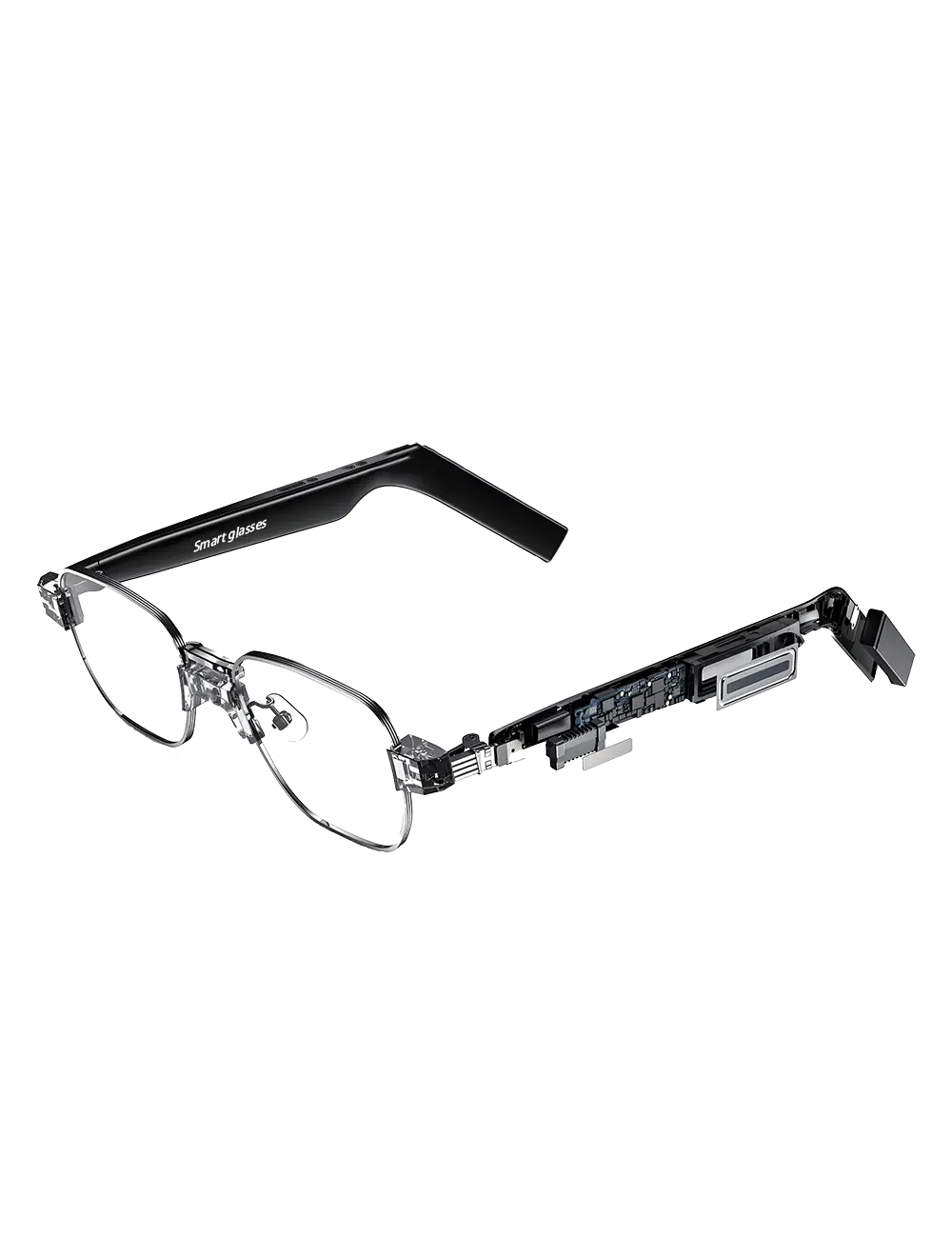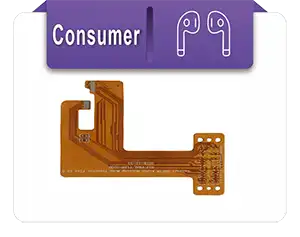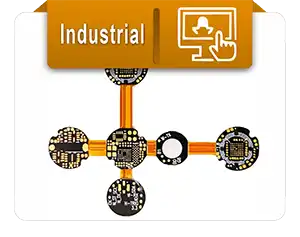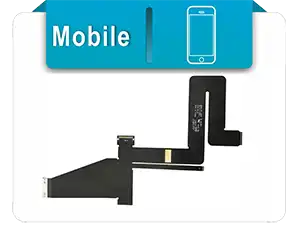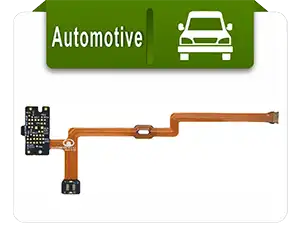High-End Applications of Flexible PCBs
Introduction
The application of flexible printed boards (FPCs) has come a long way from the days of use in mobile phones and wearables. They now form the basis for some of the most advanced technology on the planet. For high-end applications, which require performance, reliability, and space savings, FPCs are favored over hard boards that can provide dynamic folding, excellent thermal resistance, and compacting with few layers. This article examines various high-reliability uses for flexible circuits.
Aerospace and Satellite Systems
Weight, strength, and tolerance to extremely high or low temperatures are key to high-altitude aviation electronics. Flexible printed circuit boards are often found in satellites, aircraft control modules, and navigation systems because of their lightweight and vibration resistance.
They provide compact, robust connections among components that withstand vacuum and can survive temperature variations from -150°C to +200°C. Using materials such as polyimide, EMI shielding, and rigid-flex integration, long-duration missions tend to be a relatively stable solution.
Key applications:
- Satellite communication units
- Avionics systems
- Guidance modules for launch vehicles
Military and Defense Equipment
Defensive systems’ mission-critical, shock, moisture, EMI, and mechanical abuse-tolerant electronics. They have the edge over traditional rigid boards in signal integrity and ability to survive the harsher terrains; that is why most tactical radios, missile guidance, and radar systems prefer flexible PCBs.
Advanced designs leverage impedance-controlled traces, multilayer stackups, and copper shielding to preserve performance in electromagnetic-sensitive environments.
Key applications:
- Radar and sonar systems
- Tactical communication units
- Missile electronics
Automotive Advanced Modules
While consumer-grade electronics like infotainment are excluded, flexible PCBs play a major role in high-reliability automotive modules. Battery Management Systems (BMS), ADAS (Advanced Driver-Assistance Systems), and sensor arrays use flex circuits for their thermal performance and bendability.
Flexible PCBs enable compact routing in tight spaces and withstand continuous temperature cycling under the hood.
Key applications:
- Electric vehicle BMS
- Lidar/Camera sensors
- ECU boards for powertrain control
Aviation and Commercial Aircraft Systems
In modern aircraft, flexible PCBs are installed in cabin systems, cockpit interfaces, and avionics. Their resistance to corrosion, low weight, and high reliability make them perfect for long-term service without maintenance.
They support high-speed data lines in systems such as electronic flight instrument systems (EFIS) and flight data recorders.
Key applications:
- In-flight entertainment (IFE) infrastructure
- Electronic cockpit systems
- Power management units
Scientific Instruments and Space Telescopes
Scientific instrumentation Drag-free systems call for high stability, low noise, and survival under space-like conditions. Due to their ultra-thin layers of conducting material in a radiation-resistant format, flexible PCBs help to enable cutting-edge instruments, including cosmic ray detection equipment, deep-space telescopes, and subatomic particle accelerators.
They are built with ultra-thin copper foil, vacuum-compatible substrates, and extremely low dielectric materials for data fidelity.
Key applications:
- Space telescopes
- Particle physics instruments
- Deep-space research probes
Semiconductor Testing and Packaging Systems
The signal routing and micro connections required by semiconductor probe cards and automatic test equipment (ATE) demand ultra-precision in flexible circuits.
Soft boards can also be used to make strict folding angle applications that have a small wire diameter, soft characteristics, and stable impedance. These features are essential for semiconductor test equipment like probe cards, test sockets, and wafer-level packaging.
Slim Flexible Circuits Slim flexible circuits with Heavy-Duty Interconnect (HDI) provide compact designs with strong signal integrity and are a fundamental component of electronic component evaluation and chip-level diagnostics.
Key applications:
- Probe cards
- Wafer-level packaging
- High-frequency test modules
Robotics in Space and Hazardous Environments
In robotics for nuclear, space, and deep-sea applications, flexible PCBs provide long-term durability, compact structure, and high-flex endurance. These environments demand radiation resistance, extreme bend radius support, and temperature tolerance.
Custom Kapton-based circuits are often used in robotic arms and mobile systems deployed in planetary exploration or disaster response.
Key applications:
- Mars rover subsystems
- Robotic manipulators in nuclear plants
- Autonomous underwater vehicles (AUVs)
Conclusion: Why High-End Industries Rely on Flexible PCBs
When the margin for failure is zero, flexible PCBs provide unmatched adaptability, durability, and miniaturization. From space exploration to battlefield electronics, they offer the structural and electrical performance required in extreme conditions.
By selecting a vendor with expertise in circuit board materials and custom flexible circuits, you can ensure that your product will succeed in providing reliable performance for even the most challenging applications.
They provide the structural and electronic functionality that is needed in harsh environments, ranging from space exploration to battlefield electronics. Selecting the correct flexible PCB suppliers that have expertise in high-performance design is vital for long-term reliability and accuracy.
Frequently Asked Questions (FAQs)
1. What makes flexible PCBs suitable for aerospace systems?
Their lightweight, resistance to vibration, and capability to perform in extreme temperatures make them ideal for aerospace electronics.
2. How do flexible circuits perform in high-temperature environments?
Polyimide-based flex boards withstand continuous exposure to 200°C+ without delamination or degradation.
3. Are flex circuits used in space-grade electronics?
Yes. Flex circuits are used in satellites, telescopes, and planetary probes for their stability in vacuum and radiation conditions.
4. What’s the difference between rigid-flex and multilayer flexible circuits?
Rigid-flex combines rigid and flexible substrates, while multilayer flex is entirely bendable with multiple layers stacked and bonded.
5. Can flexible PCBs withstand radiation or vacuum environments?
With the right materials (like Kapton and copper shielding), FPCs can operate reliably in vacuum and radiation-heavy zones.
Get A Quote
